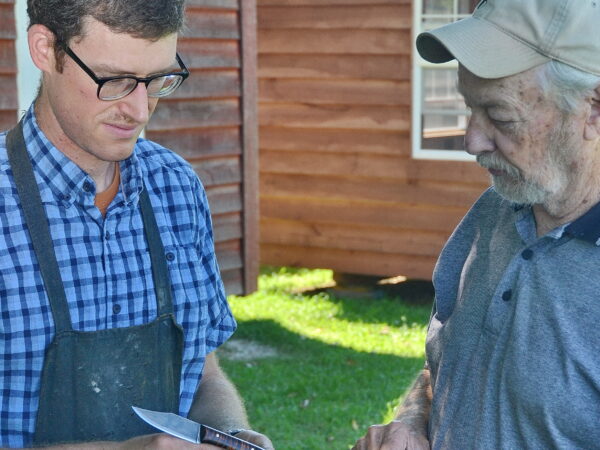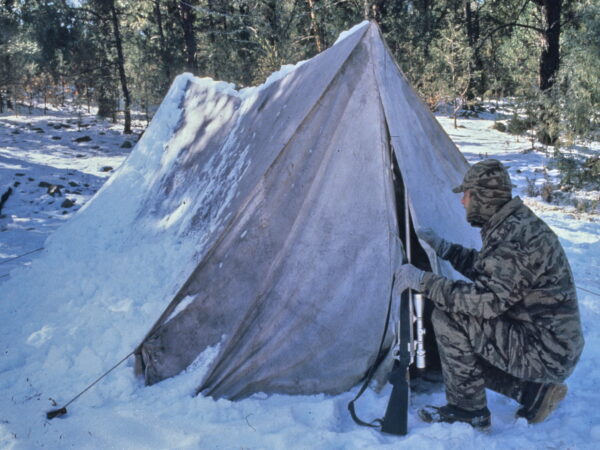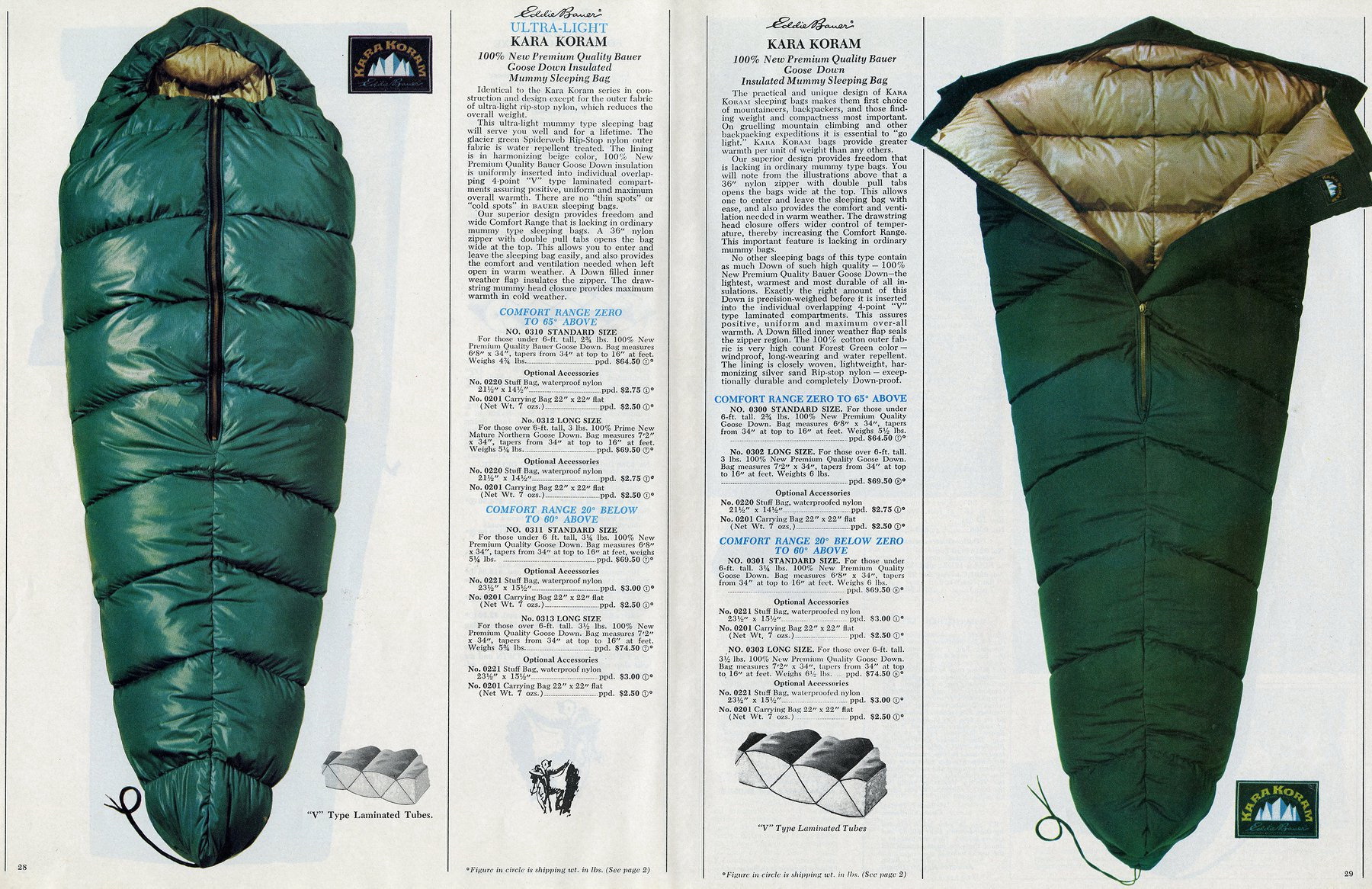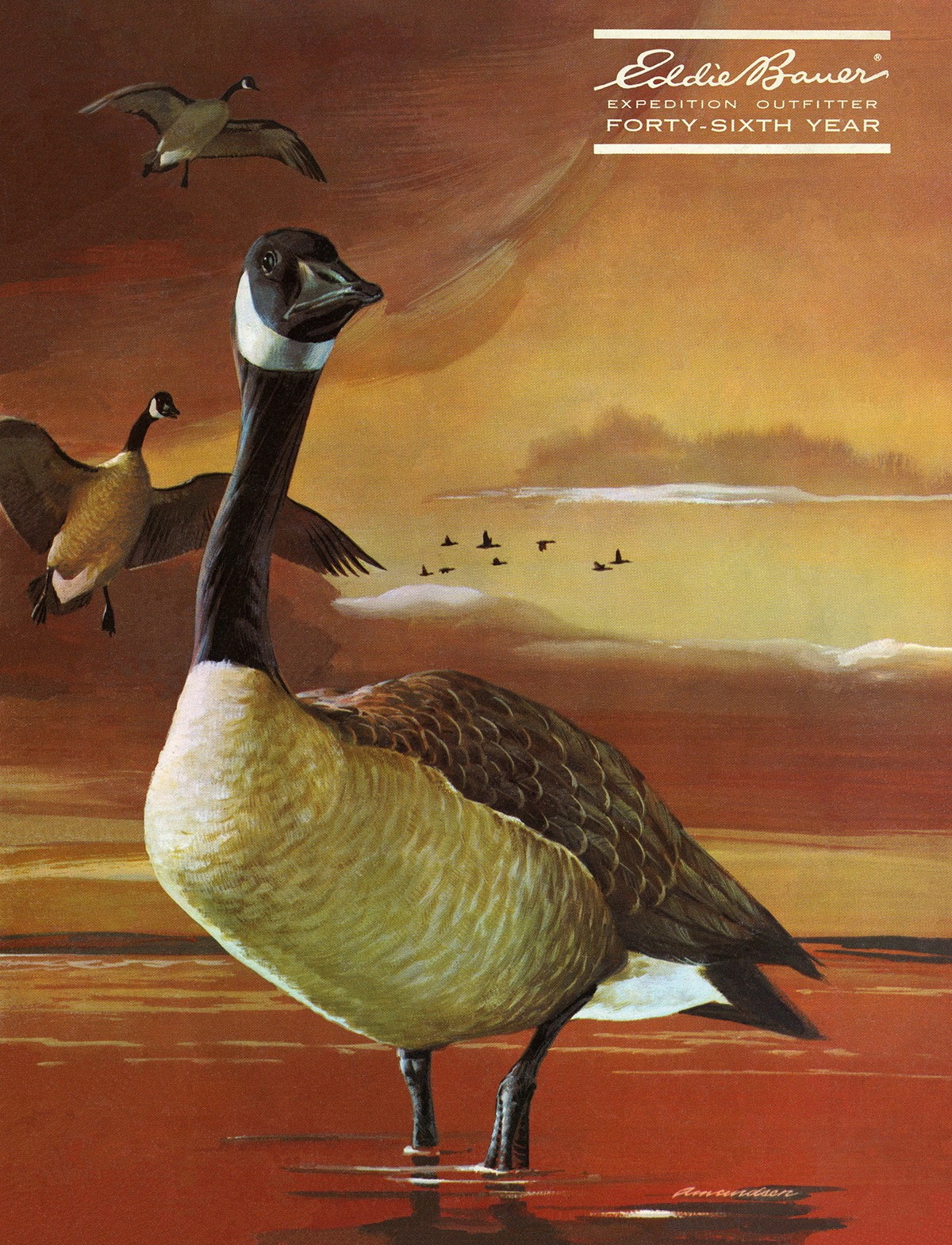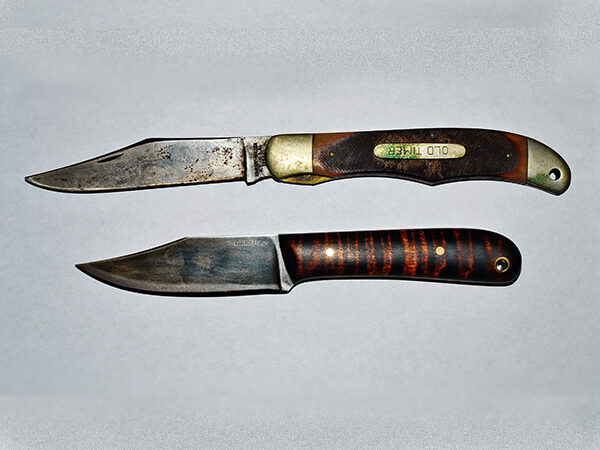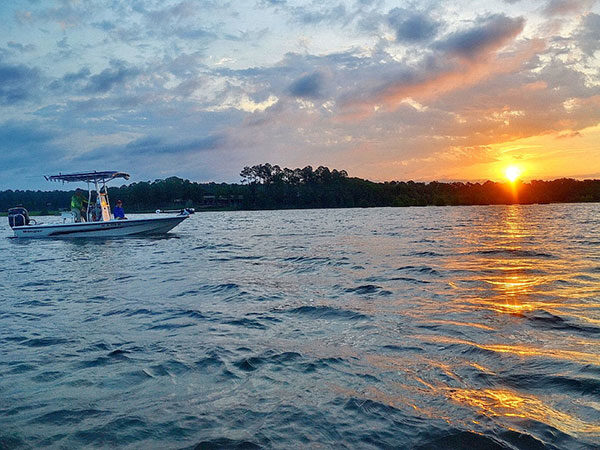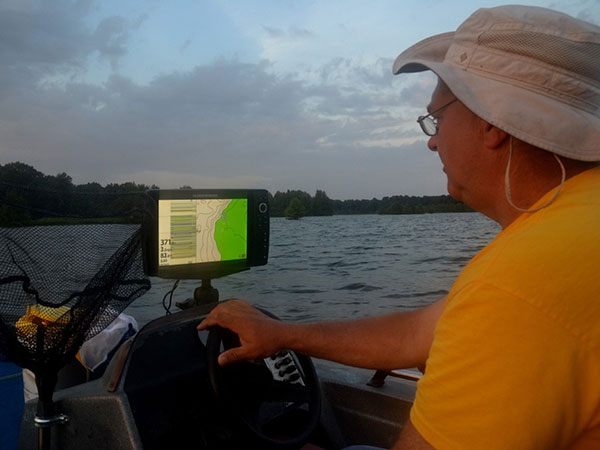The tall lanky young man that sat in my living room was about to leave, after a pleasant visit, when he reached into his coat pocket and pulled out one of the best surprises of my life. In his deep unassuming voice he stated, as he handed a knife in a brown sheath to me, “I know we just never got the knife you really wanted, but I think you will like this one.” Pulling the knife from its sheath I was shocked, it really was the knife I have wanted for many years!
I have written many times that the knife I chose to use during my long career as a wildlife manager, hunting outfitter & guide, and outdoor writer was the USA made Schrade Old Timer model 125 OT, a large folding, lock-blade knife who’s USA made version long ago faded from outdoor gear catalogs. For over five decades I have depended upon that knife for most of my guiding and outdoor writing adventures.
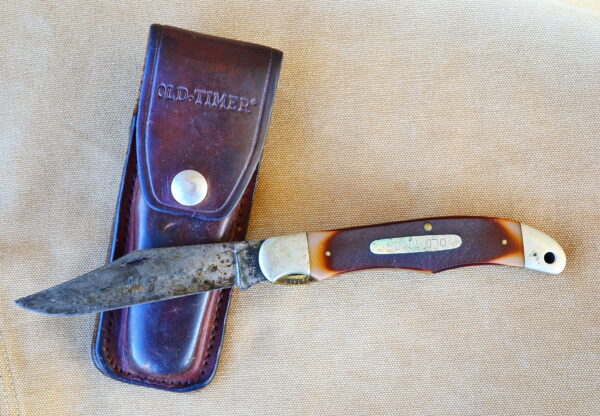
My first 125OT was given to me in about 1970 by Henry Baer of the Schrade Walden Cutlery Co. with the challenge to try it as my knife while guiding big game hunters. He felt sure I would like it. I gave the knife a lot of hard use and it became my knife of choice. Made from 1095 high carbon steel, the 4 ½ -inch clip point blade held an edge well and was quick and easy to sharpen in the field. The contoured 5-inch handle fit my hand nicely. That knife saw much of the outdoor world with me, and it is still in good shape.
For many years I wished for a fixed blade belt knife design that had all the qualities of the 125OT but could never find one. Then I met Lucas Bullington (shown with me in the photo at the top of the page) of Lucas Forge (customhuntingknives.org), a master bladesmith who custom makes many high quality knifes including one called the Frontier Clip Point that was very similar to the knife of my dreams. I purchased a 3 ½-inch Frontier and liked it so much I later had Lucas make me one with a slightly larger 4 ½-inch handle with a 4-inch blade. It is really a good general purpose camp knife but still not quite the fixed-blade custom knife based on the 125OT I had wished for, that was until the surprise visit from Lucas.
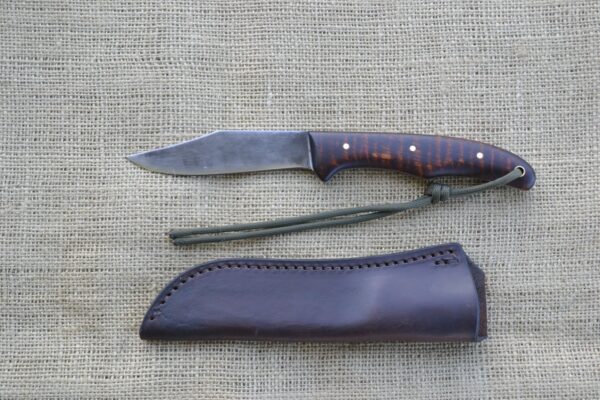
Lucas and I decided to name the new knife “Old Guide” as I am an old guide and the idea for the design came from the Henry Baer’s Old Timer brand of knives. Since Lucas turned the Old Guide over to me, I have used it for farm chores, on turkey hunts, trout fishing trips and for camp chores. It rides well in the custom leather sheath, made by Lucas brother Ike Bullington, a master leather craftsman. I have cut hay bailing cord, sliced tomatoes, cleaned wild turkey, smeared mayonnaise on bread, cleaned fish and cut kindling with the Old Guide and I can say this is the knife I always wanted. The flat grind blade is hand forged from O-1 high carbon steel with a Lucas Forge aged finish. It holds an edge for long periods of use and can be sharpened quickly and easily in the field. The handsome handle is made from fancy curly maple with brass pins and a brass lanyard hole liner. Lucas contoured the handle, like the 125OT, to fit the users hand to minimize slippage.
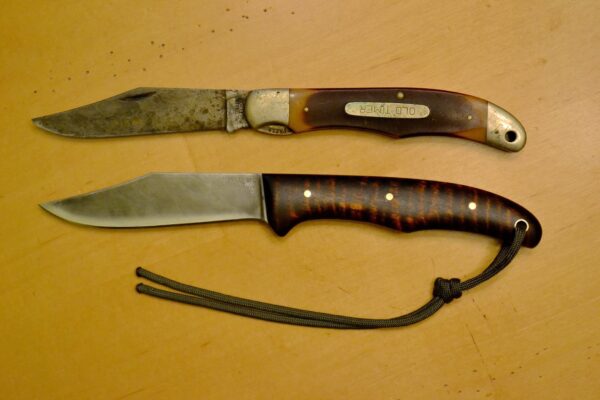
I knew the Old Guide was a winner when after seeing it master woodsman Medrick Northrop contacted Lucas to see about having another made. I don’t know how many moons I have left of living on the trail, but this will be my knife until that time comes, then one of my sons can slide it onto his belt. Thank you, Lucas, for my dream knife.

